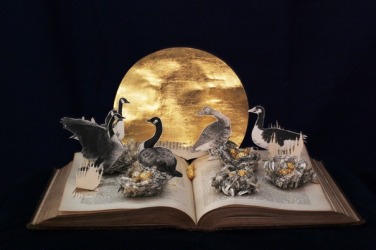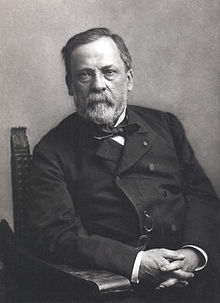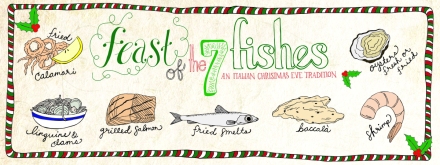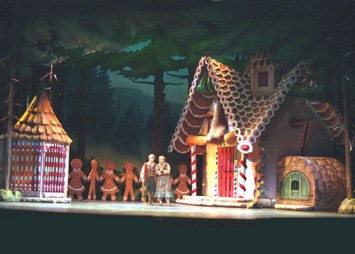
New Year’s Day/Hogmany/First Foot
Bring coin, bread, salt, coal, or whisky round a neighbour’s as the first person through their door to bring them luck. Extra lucky if you happen to be a dark-haired man. Anne Cartwright’s blog has these lovely kits.
Eighth Day of Christmas (Maids a’ milking – try these milk science experiments)
Taiwan Founding Day
Taiwan’s name is a bit confusing. It is ruled by the Republic of China, which is mostly Taiwan and a few other islands, and it also calls itself the Chinese Taipei. Its original native inhabitants were Austronesian, and in fact, as the island had so many native languages, Taiwan seems to be where the Austronesian people came from, spreading from Madagascar to Easter Island.
In 1624 the Dutch established a fort here; the Spanish also briefly took over.
In 1662 a Chinese Ming loyalist took over, and raided China from Taiwan for ages, until the Qing dynasty of China annexed it.
in 1894-5 the First Sino-Japanese War was won by Japan and Taiwan went to them. There was a resistance, calling Taiwan its Portguese name, the Island of Formosa, but this was quashed.
In the 1930s Taiwanese culture was outlawed and everyone had to pretend to be Japanese.
Taiwan fought for Japan in WWII, and after Japan surrendered it became part of the Republic of China. No one in Taiwan seemed particularly happy with the government until the 22/8 incident in 1947 when the government shot dead thousands until people stopped complaining.
After WWII China got back to its civil war between the Nationalists/Kuonmintang and the Communists. In 1949 the Nationalists had been defeated, and moved to Taiwan, along with 2 million supporters and a bunch of Chinese national treasures and gold reserves. Both sides claimed to still rule all of China, including Taiwan. Awkward.
The Treaty of San Francisco in 1951 was supposed to make everything official, but as the US and UK couldn’t agree, now nobody knows exactly who Taiwan is supposed to belong to. Communist China? The Republic of China? US and the Allies still?
There then followed the White Terror, martial law until 1987, during which 140,000 people were executed for being possibly pro-Communist. Gradually, though, Taiwan has become democratic, and the financial support it received from the West during the Cold War made it one of the fastest growing economies.
Sudan Independence Day (from UK, 1956)

Sudan, Africa. http://www.operationworld.org/suda
The earliest kingdom in Sudan was the Nubian Kingdom of Kush. The Kush dynasty were also Egyptian pharoahs after invading Egypt, but they were driven back out by the Assyrians. The Kingdom of Kush became the Meroitic Kingdom, which by the 6th century had dissolved into about 50 states. Christianity arrived from the Byzantine Empire at this time.
Islam began to spread. In 1821 Ottoman-ruled Egypt invaded Sudan. Britain occupied it from 1852. In the 1870s we abolished slaves, which had a bad impact on Sudan’s economy and led to a Mahdist (“guided”) army led by Muhammed Ali al-Mahdi pushing out the Turco-Egyptian government. He kept trying to invade everywhere else, Egypt, Ethiopia, etc., but was repelled.
Lord Kitchener defeated the Madhist forces in 1898, and Sudan was then ruled by an Anglo-Egyptian governor-general. Britain didn’t want the two counties to unite though, because they didn’t want Egypt to control the whole Nile valley.
To be continued…
Other events today that may inspire you:
- Cuba Liberation Day (see 20th May)
- Haiti Independence Day (from France, 1804 – see 22 May)
- Independence Day of the Slovak Republic (see 17th July)
- Founding of the Republic of China (see 30 November)
- Brunei Independence Day (from UK, 1984 – see 23rd February)
- Italy Constitution Day (see 2nd June)
- Public Domain Day (expiration of copyright)
- Czech Independence Day (see 28th September)


































